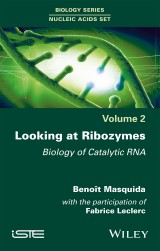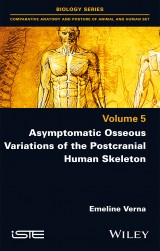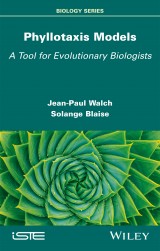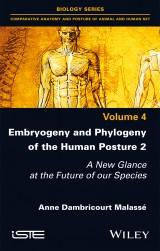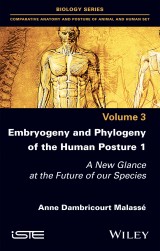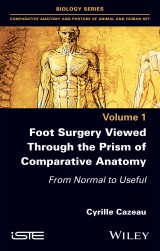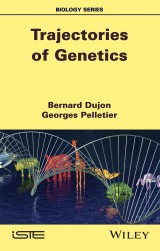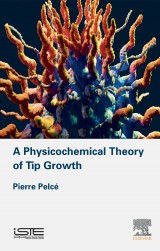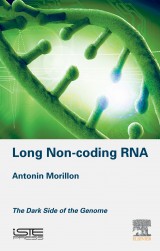- Agriculture, Food Science and Nutrition
- Biology
- Biomedical Engineering
- Chemical Engineering
- Chemistry
- Civil Engineering and Geomechanics
- Cognitive Science
- Computer Engineering
- Digital Signal and Image Processing
- Ecological Science
- Electrical Engineering
- Electronics Engineering
- Energy
- Environmental Sciences
- Fluid Mechanics
- Geosciences
- Health Engineering and Society
- Information Systems, Web and Pervasive Computing
- Innovation in Learning Sciences
- Innovation, Entrepreneurship and Management
- Interdisciplinarity, Science and Humanities
- Knowledge Management
- Materials Science
- Mathematics and Statistics
- Mechanical Engineering and Solid Mechanics
- Nanoscience and Nanotechnology
- Networks & Telecommunications
- Numerical Methods in Engineering
- Physics
- Robotics
- Science, Society and New Technologies
- SCIENCES – Agronomy and Food Science
- SCIENCES – Architecture Urban Planning and Development
- SCIENCES – Biology
- SCIENCES – Climate and Atmosphere
- SCIENCES – Cognition and Language
- SCIENCES – Computer Science
- SCIENCES – Ecosystems and Environment
- SCIENCES – Education and Training
- SCIENCES – Electronics Engineering
- SCIENCES – Energy
- SCIENCES – Geography and Demography
- SCIENCES – Geoscience
- SCIENCES – Health and Society
- SCIENCES – History of Science
- SCIENCES – Image
- SCIENCES – Materials Science
- SCIENCES – Mathematics
- SCIENCES – Mechanics
- SCIENCES – Networks and Communications
- SCIENCES – Oceanography and Marine Ecology
- SCIENCES – Physics of Condensed Matter
- SCIENCES – Physics of Soft Matter
- SCIENCES – Scientific Knowledge Management
- SCIENCES – Sociology, Ethics and Epistemology of Sciences
- SCIENCES – Statistics
- SCIENCES – Systems and Industrial Engineering
- SCIENCES – Universe
- SCIENCES – Waves
- Space Exploration and Technology
- Systems and Industrial Engineering
- Waves








